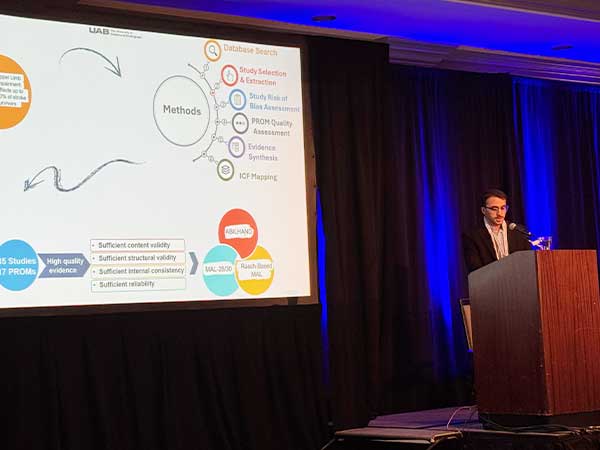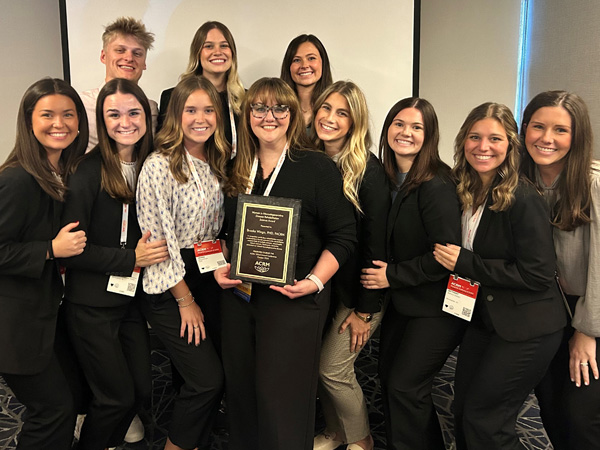Director's Notes

James Rimmer, CEDHARS Director
We often take for granted certain terms or phrases we hear in the media describing a person who happens to have a disability. Many of us presume (incorrectly) that if it’s heard in the media, it must be okay. Unfortunately, when it comes to “characterizing” someone with a disability, disability scholars refer to this as judgmental terminology or ableism.
According to Fiona Kumari Campbell, a UK scholar in disability studies, “Ableism is a network of beliefs, processes, and practices that produces a particular kind of self and body that is projected as the perfect, species typical and therefore essential and fully human; while [d]isableism is a set of assumptions (conscious or unconscious) and practices that promote the differential or unequal treatment of people because of actual or presumed disabilities.”
Such terms as ‘she turned a blind eye,’ ‘blind man’s bluff,’ ‘blinded to the study protocol,’ or ‘blind reviewer,’ can be offensive to people who are blind or have vision loss and who would much prefer that the term not be misused by societal norms. Another term often heard in the media is the description of a person who is ‘confined to a wheelchair’ or ‘wheelchair-bound.’ Once again, this is an ableist expression of disability. Of course, no one is ever confined to a wheelchair. It’s a piece of assistive technology that provides an individual with a way to get from point A to point B. Simple as that. It has nothing to do with the individual’s character or identity, but, when used as an adjective, projects inextricability, implying one doesn’t exist without the other. ‘Bound’ also leaves the impression that an individual and wheelchair are interchangeable; it creates an ableist identity of suffering and hardship: the identity of the wheelchair overrides the identity of the individual.
Another offensive set of terms is when the condition and individual are merged: the ‘diabetic,’ ‘asthmatic,’ ‘alcoholic,’ ‘dyslexic.’ Unraveling the condition from the individual, “He has diabetes” or “She has dyslexia,” ensures that we acknowledge our common humanity before describing a certain condition.
Making statements about how one feels is also ableist: He ‘suffers’ from multiple sclerosis, diabetes, cancer, etc. is an opinion rather than fact. An individual with a spinal cord injury is a fact; a spinal cord injured victim is an opinion.
Having a certain limitation, which we all have, is only a problem when society portrays it as one. In a recent editorial in the New York Times, Jennifer Natalya Fink writes a beautiful editorial about understanding later in her life how her grandmother’s disability makes our society much more diverse and enriching: “But her hearing loss helped shape her extraordinary capacity for paying attention to me.” Ms. Fink notes that in disability culture, this is referred to as ‘disability gain’: the surprising benefits that an impairment can reap.” The best way to express language that supports inclusion as opposed to exclusion is to not label or judge.

